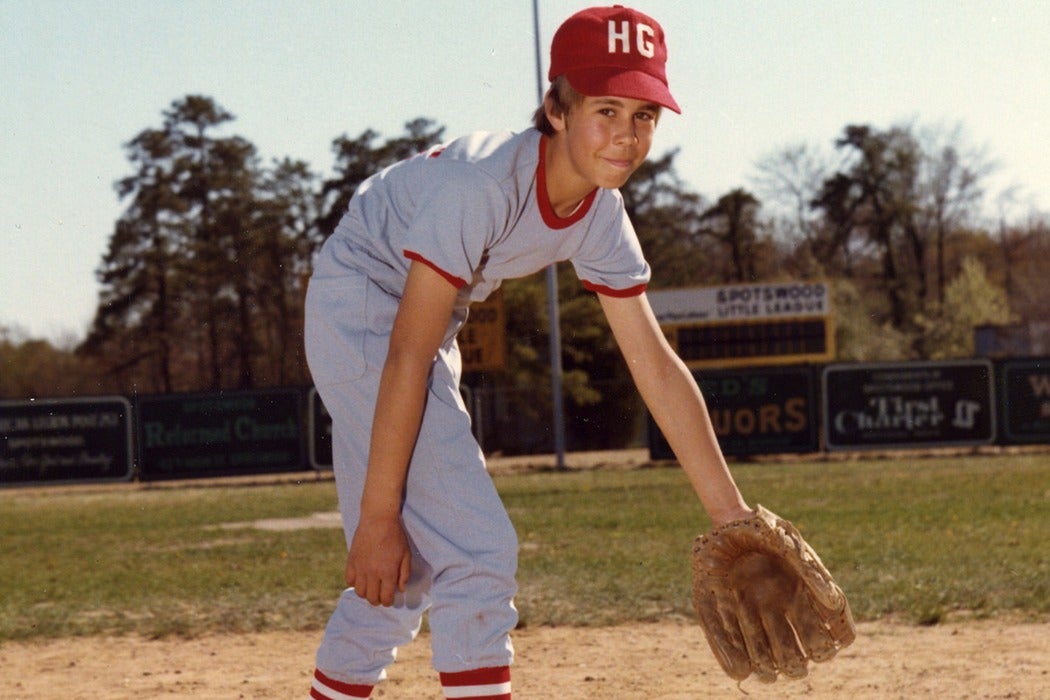All across America, springtime is the season of Little League. Those first practices on muddy diamonds. The shuffling of schedules. The new jerseys with local sponsors printed, sometimes nonsensically, across their backs (The Wine Shop Sluggers take the field!).
Little League Baseball was invented when Pennsylvanian Carl Stotz, playing baseball with his nephews, stumbled into a lilac bush. “He sat on the steps, rubbing his ankle while the boys continued to toss the ball…he had a vision.” Stotz realized in a flash that the boys would likely love playing on actual teams with uniforms and full games. (Spoiler alert: he was correct.)
But this was in 1938. Little League didn’t really take off nationwide until after WWII. And why was that?
The Family Unit as “The Basis for Our Free Society”
According to Michael H. Carriere in his wonderfully-named article “A Diamond is a Boy’s Best Friend,” the post-war rise of organized youth baseball had everything to do with the changing world order of the time. Middle-class families were buying their own homes and moving to the suburbs. As they drifted away from extended relatives and close-knit communities, many Americans had trouble figuring out how this new family unit should work. Baseball kept families together, literally. As one Little League mother said, “Every night, during the season, we are together (father, mother, daughter, and son) at the ball field.” Of course, the girls were not permitted to play until 1973—in its original iteration, Little League reenforced the traditional gender roles that WWII had disrupted: the boys could play, the men could lead, and the women and girls could cheer them on.
Keeping Kids Out of Trouble
There was a national anxiety about juvenile delinquency in those years—by 1955, FBI Director J. Edgar Hoover reported that crime rates were 20% higher than in the immediate post-war years, and that 42% of those arrested for crimes were under the age of 18. In the ’50s, one happy dad wrote the Little League headquarters that the sport had kept his sons from traveling down the dangerous path to juvenile delinquency “by channeling the efforts of such youngsters into wholesome recreation rather than mischievousness and acts of vandalism.” Little League players learned to practice, how to win and lose, and stayed out of trouble. Ostensibly, ballplayers also had an outlet for youthful energy that might otherwise molder into deviant sexual impulses; “abnormal sex behavior” was a major concern among medical experts of the day.
Preparing Boys for Work
Then there was the matter of the changing nature of work. As historian George Lipsitz notes, “The deterioration of the small business economy during the war had important social consequences.” The belief that any man could start his own business and support his family had been an important psychological element of the American ethos, but the American economy was moving in a more corporate direction. Postwar males had to adjust to life within large bureaucracies. Learning to be a team player and “play by the rules” were now important elements of professional success. And what better way to hone those skills than with organized sports! “Little League was able to help a number of segments of the population of the United States come to terms with this new postwar order,” Carriere writes. He also points out that Little League encouraged kids to perceive America as superior, an important message during the Cold War.
But don’t let all that dampen your enthusiasm for spending Saturday mornings watching other parents shout at diminutive daisy-picking shortstops. Pure love of the sport is a very real force, too, as this wistful poem reminds us:
In June, when the little-leaguers are out
Screaming in the lots, I wonder sometimes
About our outfield…







